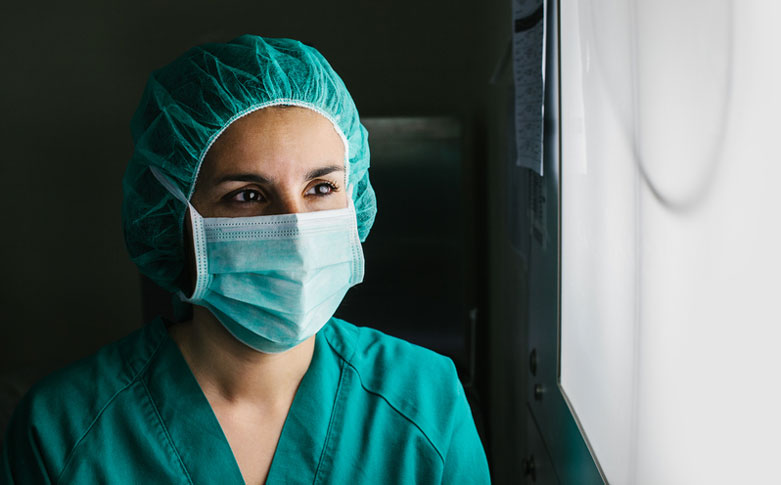 Stocksy | Victor Torres
Stocksy | Victor Torres
Many of you have heard the term “superbugs” being thrown around the hospital. With many patients on isolation precautions for various antibiotic-resistant strains of organisms, you can’t go a shift without hearing the words MRSA (methicillin-resistant Staphylococcus aureus), VRE (vancomycin-resistant Enterococcus) or even the new and even more dangerous bug on the scene, CRE (carbapenem-resistant Enterobacteriaceae). Here is a crash course in superbugs—or, as I like to call it, Superbugs 101.
What are they?
While the term “superbug” is not an official medical term, it still made it into the dictionary! The Merriam-Webster definition of a superbug is “a pathogenic microorganism and especially a bacterium that has developed resistance to the medications normally used against it.”
Essentially, superbugs are organisms that are hard to treat because they are resistant to antibiotics. The antibiotics that used to be extremely effective in treating these organisms no longer work, so physicians have to resort to even more powerful antibiotics to treat them.
According to the Centers for Disease Control and Prevention, “some CRE bacteria have become resistant to most available antibiotics. Infections with these germs are very difficult to treat, and can be deadly—one report cites they can contribute to death in up to 50% of patients who become infected.” This is scary, scary information.
Why did this superbug phenomenon occur?
If you’ve been in healthcare for decades, you can remember a time before the existence of the term superbugs—so where did this come from?
While penicillin first came on the scene in 1928, it wasn’t widely used until World War II in 1945. It became known as a miracle drug and, at the time, people believed that the world would become free of infectious diseases. Oh, how wrong we were.
Interestingly enough, the man who invented penicillin, Alexander Fleming, warned the public in his acceptance speech for the Nobel Prize of the bacteria becoming resistant.
People began overprescribing antibiotics for many years, and because of this, resistant strains developed. Now, we’re forced to deal with the deadly consequences.
What does this mean for nurses?
Because these strains are so resistant, we’re forced to use much more toxic and potent antibiotics for our patients. This means we have to use heavy-hitter antibiotics for infections that at one time were easily treated. Mortality rates, overall cost of admission and length of stay all increase. Patients are getting sicker and we are losing some of our main weapons of defense against infectious diseases.
Additionally, because we work with multiple patients in one shift, we must prevent the spread of the resistant organisms from patient to patient. This means more patients are placed on isolation precautions, meaning direct care workers must wear appropriate protective equipment. This includes isolation gowns, gloves, masks (for droplet and airborne precautions) and disposable equipment (e.g., stethoscopes).
Not only is this costly, but it is tedious for the staff. Putting on and taking off layers of protective equipment over a normal 12-hour shift is exhausting. Furthermore, it can be emotionally distressing to patients when all healthcare providers are in extensive protective equipment during each and every interaction with them.
What can we do?
The single most important aspect of disease prevention is washing your hands. You can also help prevent the progression of this superbug phenomenon by strictly adhering to screening measures and ensuring that you—and all who come into contact with your patient (families, visitors and physicians included!)—wear the appropriate protective material.
Additionally, educate your patients and their families when they are advocating for antibiotics when they’re not medically appropriate. Talk to them on their level; explaining this complex topic to people with limited education, no medical knowledge or just to anyone in general is a challenge, but it is absolutely necessary.
And don’t forget about your coworkers! We’ve heard the words MRSA and VRE so many times that they can begin to fall on deaf ears, and sometimes even seasoned healthcare workers aren’t educated about the dangers of this epidemic.
Make sure you, your coworkers, and your patients and their support systems all understand the dangers of superbugs and how essential everyone is in stopping the deadly progression of superbugs in their tracks.

















